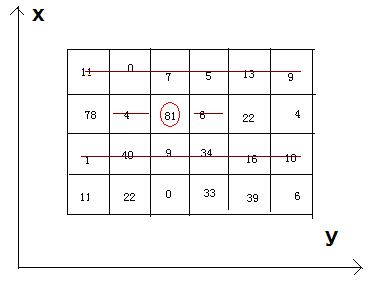
4 6 11 0 7 5 13 9 78 4 81 6 22 4 1 40 9 34 16 10 11 22 0 33 39 6
242
题目可以看成是一个二维的,每一维的解法都是一个DP的过程,也就是一个数组,取第i个数就不能取与他相邻的数,求和最大。
可以设两个数组d[i],f[i]为别表示第i个数取或者不取时的和最大。
d[i] = f[i-1]+a[i] , f[i] = max(f[i-1],d[i-1]) 。f[1] = 0, d[1] = a[1] .
#include <stdio.h>
#include <string.h>
#include <algorithm>
#include <math.h>
using namespace std;
typedef long long LL;
const int MAX=0x3f3f3f3f;
const int maxn = 200005;
int n, m;
int d[maxn], f[maxn], a[maxn], b[maxn];
int DP(int *c, int len) {
d[1] = c[1], f[1] = 0;
for(int i = 1; i <= len; i++) {
d[i] = f[i-1] + c[i];
f[i] = max(f[i-1], d[i-1]);
}
return max(f[len], d[len]);
}
int main()
{
while(~scanf("%d%d", &n, &m)) {
for(int i = 1; i <= n; i++) {
for(int j = 1; j <= m; j++)
scanf("%d", &a[j]);
b[i] = DP(a, m);
}
printf("%d\n", DP(b, n));
}
return 0;
}
HDU 2845 Beans (DP),布布扣,bubuko.com
原文地址:http://blog.csdn.net/u013923947/article/details/38393045